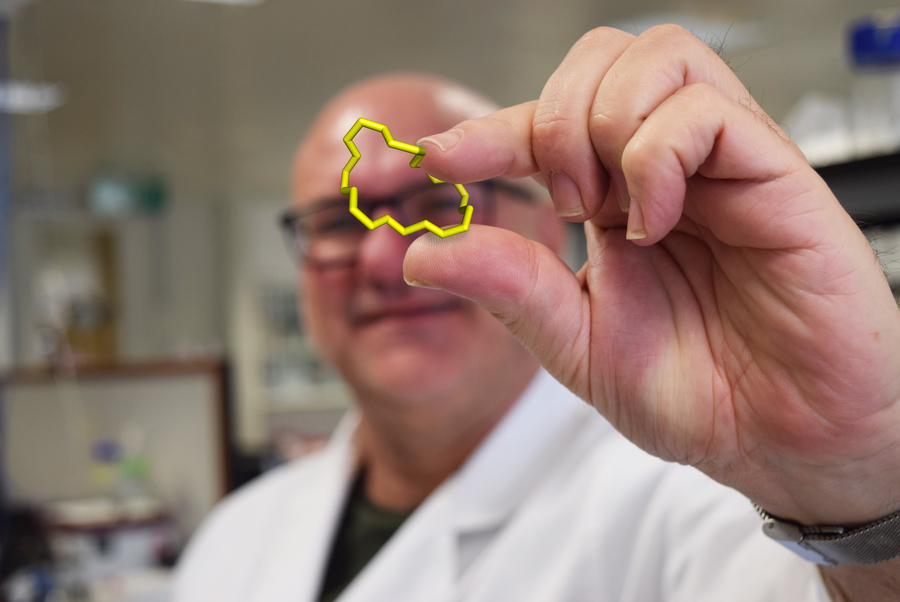Original story published by ASBMB Today. Written by Laurel Oldach.
In June 2019, a botanist cut a handful of dark, shiny leaves from a slender understory tree in the rainforest of northeastern Australia. Some 2,700 miles away, on another coast of the continent, a team of molecular biologists had uncovered a forgotten history of the tree’s biochemistry, and they wanted to learn more from its leaves. Their findings recently were published in the Journal of Biological Chemistry.
The find
Mark Fisher, a graduate student at the University of Western Australia in Perth, studies the synthesis of cyclic peptides, which are cut from longer proteins and joined end-to-end to make a ring structure. While writing his dissertation, Fisher came across an obscure paper from the 1950s that described a cyclic peptide before cyclic peptides were known to have been discovered in plants.
The 1955 article in the Australian Journal of Chemistry described a chemical isolated from a native tree called Melicope xanthoxyloides, or yellow evodia, and its chemistry only made sense if it was a peptide with no N or C terminus. In the spare style of their time, the authors didn’t discuss what the compound’s existence might mean or how it might be made. Still, they demonstrated that it was cyclic — a first for plants back when scientists were first working out the rules of protein and peptide synthesis — and dubbed it evolidine.
Continue reading here.

